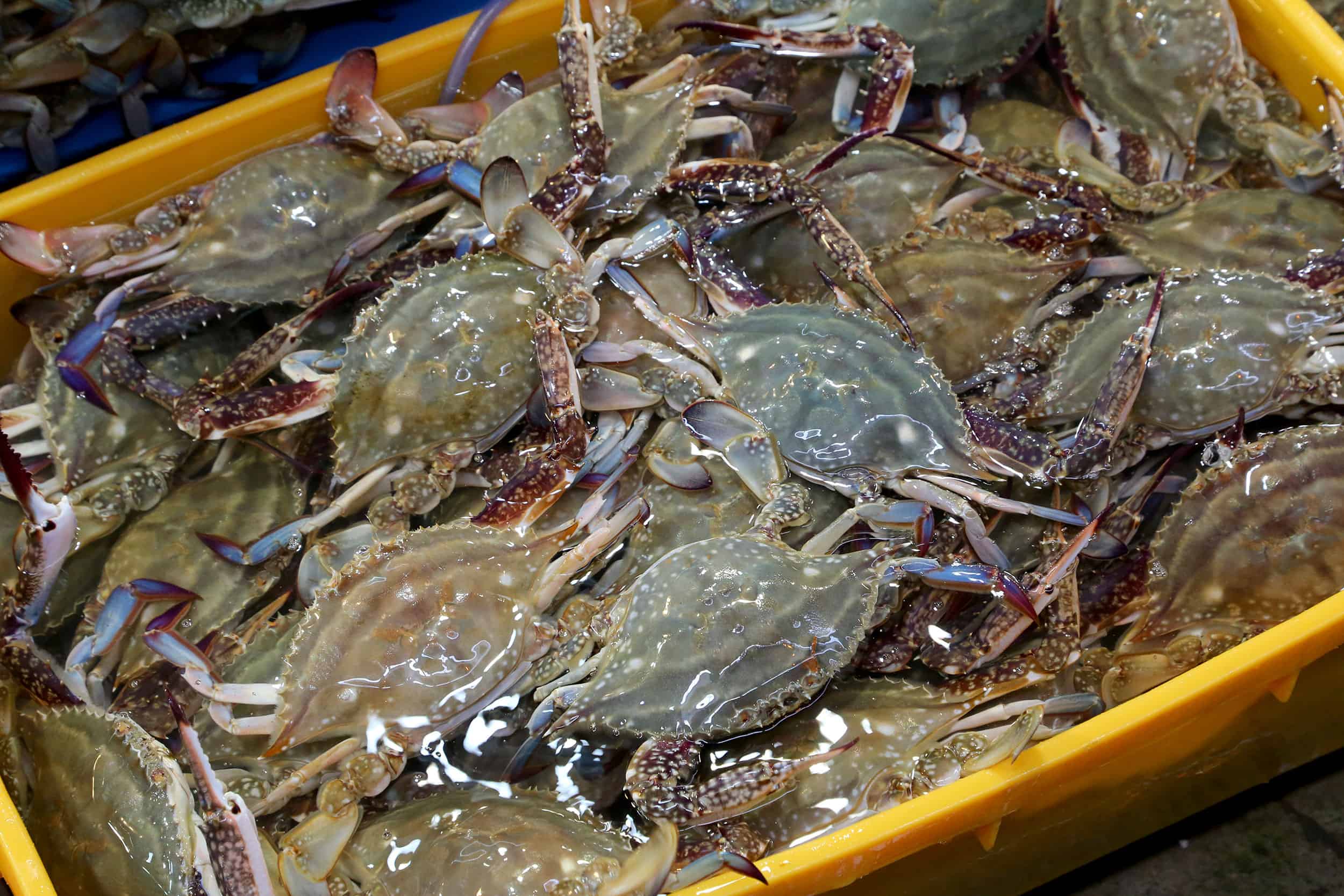

Articles
How To Store Live Crab
Modified: January 8, 2024
Learn how to store live crab effectively with these informative articles. Find expert tips and methods to keep your crab fresh and delicious for longer.
(Many of the links in this article redirect to a specific reviewed product. Your purchase of these products through affiliate links helps to generate commission for Storables.com, at no extra cost. Learn more)
Introduction
Storing live crabs can be a challenging task, as it requires careful consideration of their specific needs and the creation of an ideal environment. Whether you’ve caught fresh crabs yourself or purchased them from a seafood market, proper storage is crucial to maintaining their quality and ensuring their survival until they are ready to be cooked. In this article, we will guide you through the process of storing live crabs effectively.
Before we delve into the details, it’s important to understand that crabs are highly sensitive creatures with specific requirements for temperature, water quality, and nutrition. By following the right practices for handling and maintaining their environment, you can preserve their freshness and flavor, allowing you to enjoy delicious crab dishes whenever you desire.
In this comprehensive guide, we will cover everything from choosing the right container to monitoring temperatures, preserving water quality, feeding the crabs, and maintaining a clean storage area. By following these steps, you can ensure that your live crabs stay healthy and in optimal condition until you are ready to cook them.
Key Takeaways:
- Create a comfortable environment for live crabs by choosing the right container, maintaining proper temperature and salinity, and preserving water quality to ensure their well-being and freshness.
- Handle live crabs with caution, monitor and maintain proper temperatures, preserve water quality, and provide a varied and nutritious diet to ensure their health and safety during storage.
Read more: How To Store Live Clams
Choosing the Right Container
The first step in storing live crabs is selecting the appropriate container. While crabs are often sold in mesh bags, it is not ideal for long-term storage. Instead, opt for a larger container with enough space for the crabs to move around comfortably. Plastic or fiberglass containers work well, as they are easy to clean and provide good insulation.
Consider the size of the crabs you are storing. If they are small, a shallow container will suffice. However, if you have larger crabs, choose a container with ample height to accommodate their size and allow them to move freely. Make sure the container has a secure lid to prevent any escape attempts.
If you are storing multiple crabs, it’s important to provide enough space for each crab. Overcrowding can lead to stress and aggressive behavior, which can result in injuries. Ideally, each crab should have enough room to fully extend its legs and move around without obstruction.
Additionally, consider the material of the container. Avoid using metal containers, as they can react with the crabs’ excretions and affect their health. Plastic or fiberglass containers are the best options, as they are non-reactive and easy to clean.
Before using a new container, wash it thoroughly with mild detergent and rinse it well to remove any residue. This will help ensure a clean and safe environment for the crabs. Avoid using cleaning agents with strong odors, as crabs are sensitive to smells.
Once you have chosen the right container, it’s time to prepare it for the arrival of your live crabs. In the next section, we will discuss the steps to prepare the container and create an ideal environment for the crabs.
Preparing the Container
Before introducing the live crabs to their storage container, it’s crucial to prepare it properly to ensure a suitable environment for their wellbeing. Here’s a step-by-step guide on how to prepare the container:
- Clean the container: Thoroughly clean the container with fresh water and mild detergent, ensuring there are no cleaning agents or residues left behind. Rinse it well to remove any soap residue. Avoid using harsh chemicals or strong-smelling cleansers, as they can be harmful to the crabs.
- Add a layer of substrate: To simulate a natural habitat, spread a layer of sand or gravel at the bottom of the container. This will provide the crabs with a surface to walk on and help maintain humidity levels. The substrate should be approximately 1-2 inches deep.
- Provide hiding places: Crabs are naturally inclined to hide and seek shelter. Place a few rocks or pieces of driftwood in the container to create hiding spots for the crabs. This will help them feel more secure and reduce stress levels.
- Introduce saltwater: Fill the container with saltwater to create a marine environment suitable for the crabs. Use marine-grade salt or sea salt to ensure the correct salinity. Follow the manufacturer’s instructions for proper salt-to-water ratio, typically around 1 cup of salt per gallon of water.
- Test the salinity and pH levels: Use a hydrometer or a refractometer to measure the salinity of the water and adjust it if necessary. The ideal salinity for most crab species is around 1.020 to 1.025 Specific Gravity. Additionally, test the pH levels and ensure they are within the range of 7.5 to 8.5.
- Install a heater and thermometer: Depending on the crab species, maintaining a specific temperature is crucial. Install a submersible aquarium heater and a reliable thermometer to monitor and regulate the water temperature. Most crab species thrive in temperatures between 65°F to 75°F (18°C to 24°C).
Once the container is properly prepared, it’s time to introduce the live crabs to their new home. In the next section, we will discuss the proper handling techniques and how to place the crabs in the storage container.
Creating an Ideal Environment
Creating an ideal environment for live crabs is crucial to their overall health and well-being during storage. By replicating their natural habitat as closely as possible, you can ensure that the crabs stay comfortable and minimize stress. Here are some key factors to consider when creating an ideal environment:
- Temperature: Maintaining the proper temperature is vital for the survival of live crabs. Most species thrive in temperatures between 65°F to 75°F (18°C to 24°C). Use a submersible aquarium heater and a reliable thermometer to monitor and regulate the water temperature in the storage container. Avoid sudden fluctuations in temperature, as it can stress the crabs.
- Salinity: Crabs are adapted to live in saltwater environments, so it’s important to maintain the correct salinity levels. Use marine-grade salt or sea salt to achieve the desired salinity. Test the salinity regularly using a hydrometer or refractometer and make adjustments as needed. The ideal salinity for most crab species is around 1.020 to 1.025 Specific Gravity.
- Water Quality: Clean and clear water is essential for the health of the crabs. Regularly monitor the water quality by testing the ammonia, nitrite, and nitrate levels using an aquarium test kit. Keep ammonia and nitrite levels at zero and ensure that nitrate levels remain low. Perform partial water changes as necessary to maintain optimal water quality.
- Humidity: Crabs need a moderately humid environment to prevent their gills from drying out. You can maintain humidity levels by partially covering the container with a lid or plastic wrap. This will help retain moisture and create a more suitable environment for the crabs.
- Oxygenation: Adequate oxygen levels are crucial for the survival of live crabs. Ensure proper oxygenation by providing a source of aeration, such as an air pump or airstone. This will help maintain dissolved oxygen levels in the water and create a healthy environment for the crabs.
- Lighting: While crabs don’t require direct exposure to light, providing a natural day-night cycle can help regulate their behavior and maintain their biological rhythms. A regular light schedule of 12 hours of light and 12 hours of darkness is sufficient.
It’s important to regularly monitor the temperature, salinity, water quality, and humidity levels in the storage container. Conduct routine checks and make any necessary adjustments to ensure the crabs are thriving in their environment.
In the next sections, we will discuss proper handling techniques, temperature monitoring, water quality maintenance, and feeding practices to further enhance the storage conditions for live crabs.
Handling and Placing Live Crabs
Properly handling and placing live crabs in the storage container is crucial to ensure their safety and well-being. When it comes to handling crabs, it’s important to remember that they have sharp claws and can pinch if they feel threatened. Here are some guidelines to follow:
- Approach with caution: When handling live crabs, approach them slowly and avoid sudden movements. Use a gentle touch to minimize stress and reduce the risk of getting pinched.
- Hold from the back: To safely handle a live crab, grasp it gently from the back, just behind the pincers. This allows you to have control over the crab while keeping your fingers away from the sharp claws.
- Avoid lifting by the legs or claws: Never lift or hold a crab solely by its legs or claws, as this can cause injury to the crab and may lead to the legs or claws detaching.
- Place gently in the container: When placing the crabs in the storage container, do so gently, ensuring they are submerged in the saltwater. Avoid dropping or throwing them into the container, as this can cause stress and injuries.
- Observe behavior: Once the crabs are in the container, observe their behavior. Healthy crabs should be active and moving around. If you notice any lethargic or sickly behaviors, it may indicate a problem with the storage conditions or the health of the crabs.
- Handle one crab at a time: It’s important to handle and place the crabs in the storage container one at a time to reduce the risk of injuries or escape attempts. This allows you to ensure that each crab is properly positioned and settled in the container.
By following these guidelines, you can safely handle and place live crabs in the storage container, minimizing stress and potential injuries. Once the crabs are in the container, it’s crucial to monitor and maintain proper temperatures to ensure their well-being, which we will discuss in the next section.
Read more: How To Store Live Crawfish
Monitoring and Maintaining Temperatures
Monitoring and maintaining the proper temperatures in the storage container is essential for the health and survival of live crabs. Fluctuations in temperature can cause stress and negatively impact their overall well-being. Here’s how you can effectively monitor and maintain temperatures:
- Use a reliable thermometer: Place a high-quality aquarium thermometer in the storage container to accurately monitor the water temperature. Make sure the thermometer is positioned away from direct heat sources or cold drafts, as this can give inaccurate readings.
- Monitor temperature regularly: Check the temperature regularly, at least twice a day, to ensure it remains within the optimal range for the specific crab species you are storing. Maintain temperatures between 65°F to 75°F (18°C to 24°C) for most crab species.
- Adjust temperature if needed: If the temperature falls outside the desired range, make necessary adjustments to regulate it. Use a submersible aquarium heater to increase the temperature or a fan or ice packs to cool it down.
- Avoid sudden temperature changes: Crabs are sensitive to rapid temperature fluctuations, which can stress and harm them. Gradually adjust the temperature, changing it by no more than 1-2 degrees Fahrenheit per hour until the desired temperature is reached.
- Consider external factors: Take into account external factors that may affect the temperature in the storage area. For example, if the room temperature fluctuates significantly, you may need to make more frequent adjustments to maintain a stable temperature in the container.
- Keep a temperature log: Maintain a record of the temperature readings in a logbook or a digital document. This will help you identify any patterns or fluctuations in temperature over time, allowing you to make necessary adjustments accordingly.
By closely monitoring and maintaining the proper temperatures, you can create a stable and comfortable environment for the live crabs. This helps minimize stress and ensures their well-being during storage. In the next section, we will discuss the importance of preserving water quality and how to achieve it.
After purchasing live crab, store them in a cooler with damp newspaper or seaweed to keep them moist. Keep the cooler in a cool, dark place and use the crabs within 24 hours for the best flavor.
Preserving Water Quality
Maintaining the quality of the water in the storage container is crucial for the health and survival of live crabs. Poor water quality can lead to stress, disease, and even death. By following these guidelines, you can preserve the water quality and provide a healthy environment for the crabs:
- Test water parameters: Regularly monitor the ammonia, nitrite, and nitrate levels in the water using an aquarium test kit. Ammonia and nitrite levels should be kept at zero, while nitrate levels should be as low as possible.
- Perform partial water changes: Regularly conduct partial water changes to remove any accumulated waste or pollutants. Aim to replace about 10-20% of the water every week or as needed to maintain optimal water quality. Use a dechlorinator if your tap water contains chlorine or chloramines.
- Remove uneaten food: Remove any uneaten food from the container promptly. Leftover food can decompose and contribute to poor water quality. Feed the crabs only what they can consume in a short period of time to minimize waste.
- Avoid overfeeding: Overfeeding can lead to excess organic waste and nutrient buildup in the water. It’s better to underfeed the crabs slightly than to overfeed them. Monitor their eating habits and adjust the amount of food accordingly.
- Maintain proper filtration: Consider installing a small aquarium filter in the storage container to help maintain water quality. Choose a filter suitable for the container size and make sure it provides adequate mechanical and biological filtration.
- Avoid using chemicals: Avoid using any chemical additives or medications unless absolutely necessary. Crabs are sensitive to chemicals, and using them unnecessarily can harm the crabs and disrupt the delicate balance of the water.
- Keep the container clean: Regularly clean the container by removing any debris, uneaten food, or excrement. Rinse the container with fresh water and gently scrub any algae or buildup that may occur. Avoid using harsh cleaning agents that can be harmful to the crabs.
By diligently preserving water quality and ensuring a clean environment, you can provide the crabs with a healthy place to thrive during storage. In the next section, we will discuss feeding the crabs and providing them with proper nutrition.
Feeding and Nourishing Live Crabs
Feeding live crabs properly is essential for their overall health and well-being during storage. Providing them with a nutritious and balanced diet will help maintain their vitality and ensure they remain in optimal condition. Follow these guidelines to feed and nourish live crabs:
- Feed a varied diet: Offer a variety of foods to ensure the crabs receive a range of nutrients. Suitable options include small pieces of fish, shrimp, crab pellets, algae sheets, and blanched vegetables.
- Provide fresh food: Offer fresh food to the crabs, removing any uneaten portions after a few hours to prevent it from spoiling and affecting the water quality. Avoid using rotten or spoiled food, as it can be harmful to the crabs.
- Avoid excessive feeding: Crabs have different feeding habits and appetites, so monitor their consumption and adjust feeding quantities accordingly. Overfeeding can lead to excess waste and poor water quality.
- Feed at appropriate intervals: Feed the crabs once or twice a day, depending on their species and appetite. If they are not eating much, reduce the frequency of feeding to avoid food waste buildup.
- Monitor feeding behavior: Observe how the crabs respond to different food items and adjust their diet accordingly. Some crabs prefer meaty foods, while others may enjoy more plant-based options. Experiment with different food types to find what they prefer.
- Use calcium supplements: To promote healthy shell growth, provide calcium supplements in the form of crushed eggshells, cuttlebone, or specialized crab calcium supplements. Calcium is essential for the crabs’ molting process.
- Consider natural foraging: To add enrichment and stimulation to the crabs’ diet, place natural items such as seashells, rocks, or pieces of driftwood in the container. These items can serve as foraging opportunities for the crabs to mimic their natural behavior.
- Monitor crab behavior: Keep an eye on the crabs’ behavior and appetite. Changes in eating patterns or decreased activity may indicate health issues or improper storage conditions. Seek veterinary advice if you observe any concerning changes.
By providing a varied and nutritious diet, you can ensure that live crabs receive the essential nutrients for their growth and well-being. Remember to consider the specific dietary requirements of the crab species you are storing. In the next section, we will discuss the importance of cleaning and disinfecting the storage area to maintain a clean and safe environment.
Cleaning and Disinfecting the Storage Area
Regular cleaning and disinfection of the storage area are crucial to maintain a clean and safe environment for the live crabs. Contaminants and bacteria can quickly accumulate, leading to poor water quality and potential health issues for the crabs. Follow these steps to effectively clean and disinfect the storage area:
- Remove the crabs: Before starting the cleaning process, carefully remove the live crabs from the storage container and place them in a temporary holding tank with suitable water conditions.
- Empty the container: Empty the container completely, discarding any remaining water, substrate, or debris. Rinse the container thoroughly to remove any residue.
- Clean with mild detergent: Use a mild detergent or dishwashing liquid to clean the container. Scrub the surfaces gently with a sponge or soft brush, paying attention to any algae or grime buildup. Rinse the container thoroughly to remove any soap residue.
- Disinfect the container: After cleaning, disinfect the container to eliminate bacteria and any potential pathogens. You can use a solution of diluted bleach (1-part bleach to 10 parts water) or a commercial aquarium disinfectant. Follow the manufacturer’s instructions for proper dilution and contact time. Rinse the container thoroughly after disinfection.
- Clean accessories: If you have any rocks, decorations, or equipment in the storage area, clean and disinfect them as well. Scrub them with a brush and rinse thoroughly before placing them back in the container.
- Prepare a new substrate: If necessary, replace the substrate in the container with a fresh layer of sand or gravel. This will provide a clean and comfortable surface for the crabs.
- Reintroduce the crabs: Once the container is cleaned and the water parameters have been adjusted, carefully place the live crabs back into their refreshed and disinfected container.
- Maintain cleanliness: Regularly clean and disinfect the storage area to prevent the buildup of bacteria and contaminants. Perform partial water changes, remove uneaten food, and monitor the water quality consistently.
By practicing regular cleaning and disinfection, you help maintain a clean and safe environment for the live crabs, reducing the risk of diseases and ensuring their well-being. In the next section, we will discuss important safety precautions to keep in mind while handling live crabs and maintaining their storage area.
Read more: How To Store Live Oysters
Safety Precautions
When handling live crabs and maintaining their storage area, it’s important to prioritize safety for both yourself and the well-being of the crabs. Here are some essential safety precautions to keep in mind:
- Protective gear: Wear gloves and protective eyewear when handling crabs to minimize the risk of getting pinched or scratched. This is especially important if the crabs are large or aggressive.
- Proper lifting techniques: Lift the crabs with care, using a gentle grip and supporting their body to prevent injury or mishandling. Avoid lifting by their legs or claws to avoid damage to the crab or yourself.
- Avoid sudden movements: Crabs can be easily startled, so avoid making sudden movements or loud noises that can cause them to become agitated or defensive.
- Secure the storage container: Ensure that the storage container has a tight-fitting lid to prevent any escape attempts by the crabs. This will also keep them safe and secure within their designated space.
- Use caution when cleaning: When cleaning the container, handle cleaning agents and disinfectants with care. Follow the instructions provided by the manufacturer and use appropriate protective equipment to minimize exposure to chemicals.
- Maintain proper hygiene: Wash your hands thoroughly with soap and water before and after handling the crabs or their storage area. This helps prevent the spread of bacteria or contaminants.
- Store crabs away from children or pets: Keep the storage area and live crabs out of reach of children and pets to prevent any accidental mishaps or injuries.
- Seek professional advice: If you encounter any unusual behavior or health issues with the crabs, consult with a veterinarian or marine biologist experienced in crustacean care. They can provide guidance and help address any concerns.
By following these safety precautions, you can ensure a safe environment for both yourself and the live crabs. Remember to always prioritize the well-being of the crabs and handle them with care. In the next section, we will conclude our guide on storing live crabs and recap the key points discussed.
Conclusion
Storing live crabs requires careful attention to their specific needs and the creation of an optimal environment that mimics their natural habitat. By following the guidelines we’ve discussed in this comprehensive guide, you can ensure the well-being and survival of live crabs until they are ready to be cooked and enjoyed.
Choosing the right container, preparing it properly, and creating an ideal environment with the correct temperature, salinity, and water quality are crucial steps in maintaining the health of the crabs. Handling them with caution, monitoring temperatures, and preserving water quality are essential for their overall well-being.
In addition, feeding the crabs a varied and nutritious diet, cleaning and disinfecting the storage area regularly, and taking necessary safety precautions ensure that the crabs remain healthy and safe during the storage period.
Remember, each step is important and contributes to the overall success of storing live crabs. By providing the crabs with a clean, comfortable, and suitable environment, you can enjoy the freshest and most delicious crab dishes whenever you desire.
Lastly, it’s crucial to monitor the behavior of the crabs and seek professional advice if you notice any signs of illness or concern. By maintaining a close eye on their well-being and taking appropriate action when needed, you can ensure the best possible care for the live crabs.
With the knowledge and understanding gained from this guide, you are now equipped to store live crabs with confidence and care. Enjoy the process as you provide a safe and comfortable environment for these delightful crustaceans, and savor the delectable dishes they will eventually become.
Frequently Asked Questions about How To Store Live Crab
Was this page helpful?
At Storables.com, we guarantee accurate and reliable information. Our content, validated by Expert Board Contributors, is crafted following stringent Editorial Policies. We're committed to providing you with well-researched, expert-backed insights for all your informational needs.
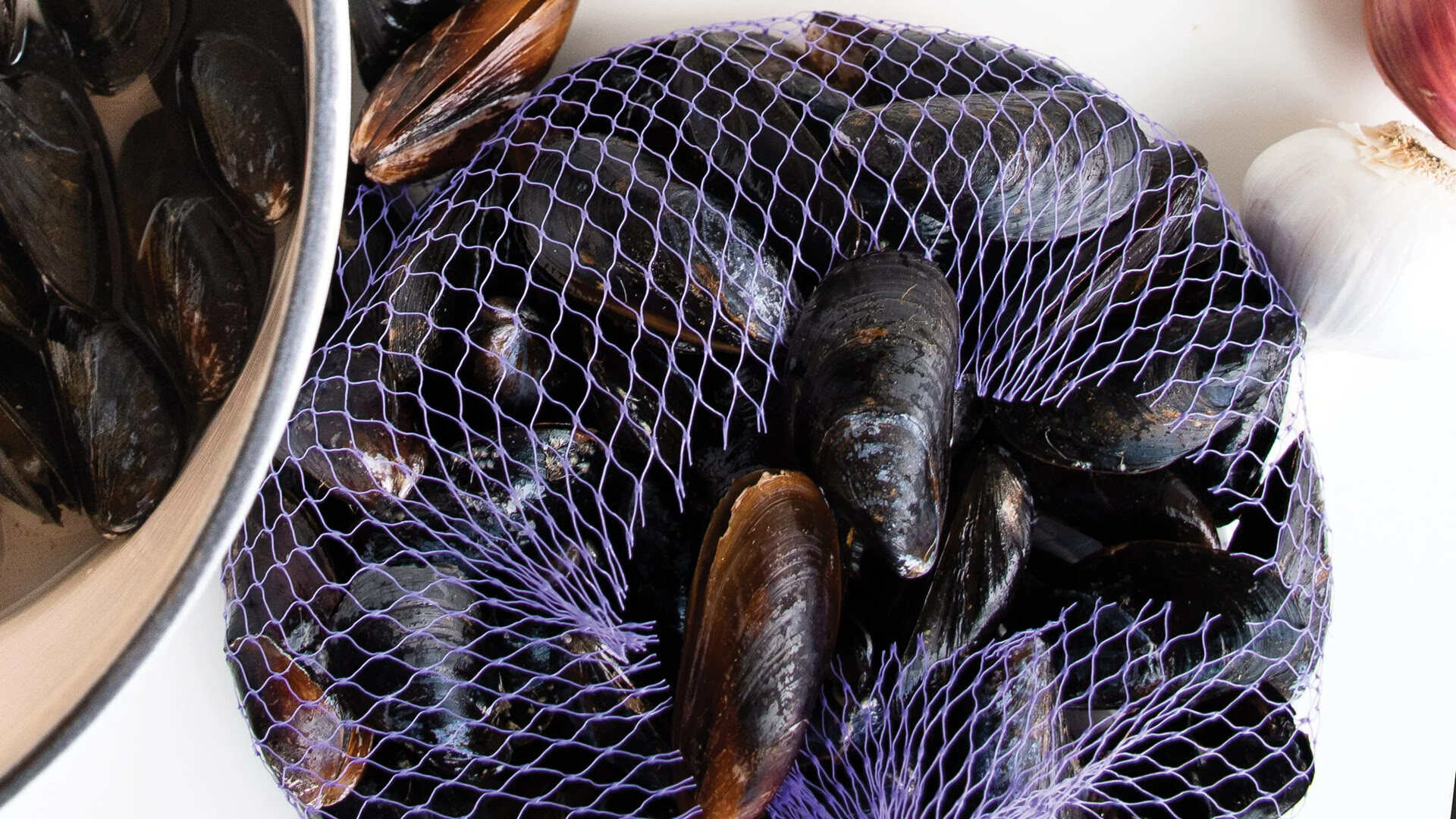
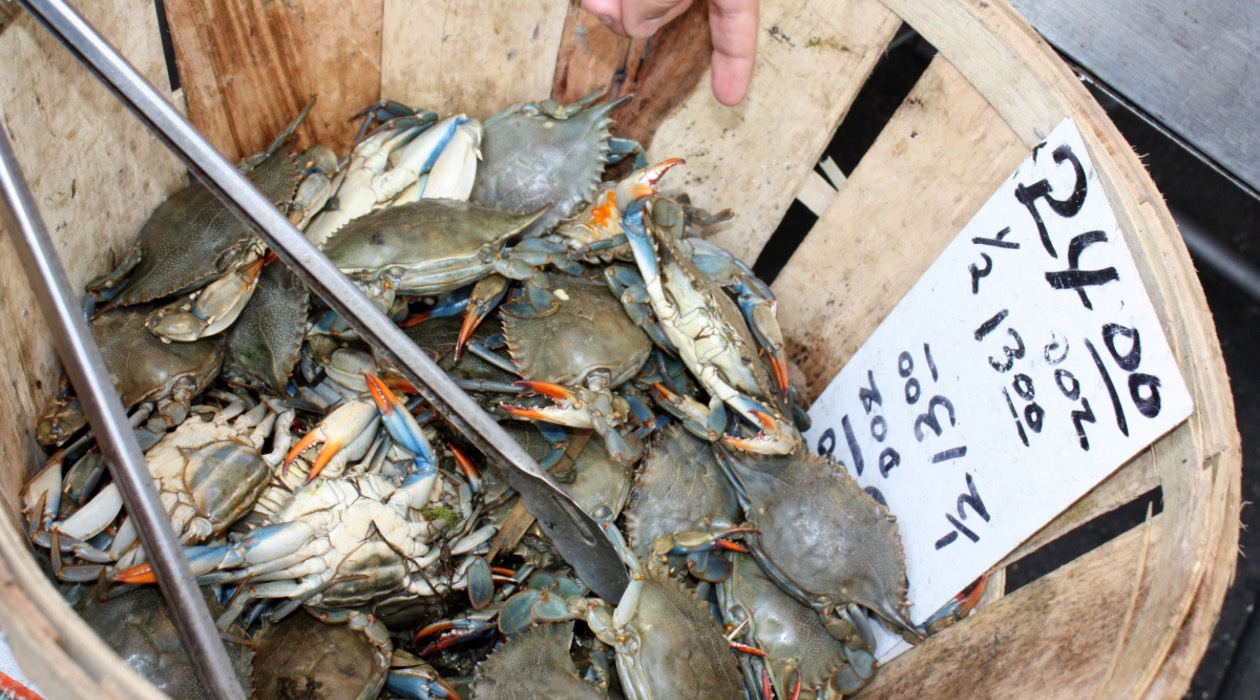
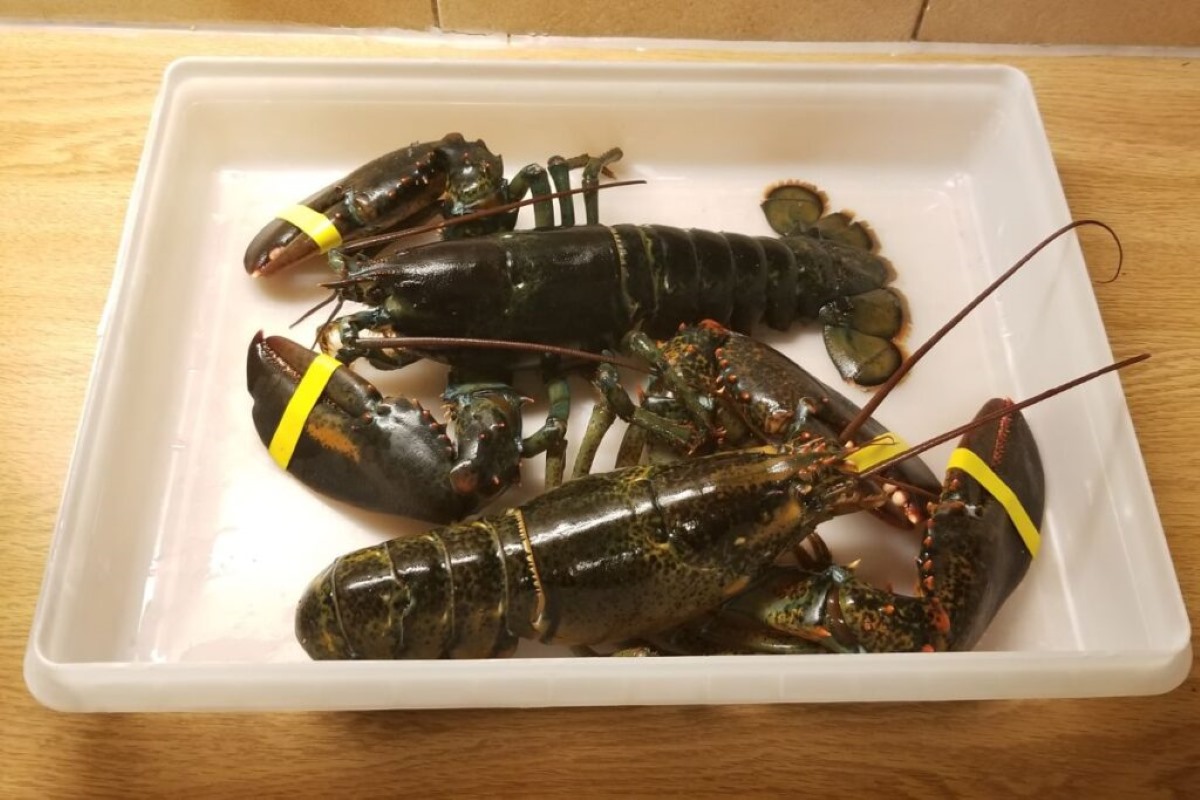
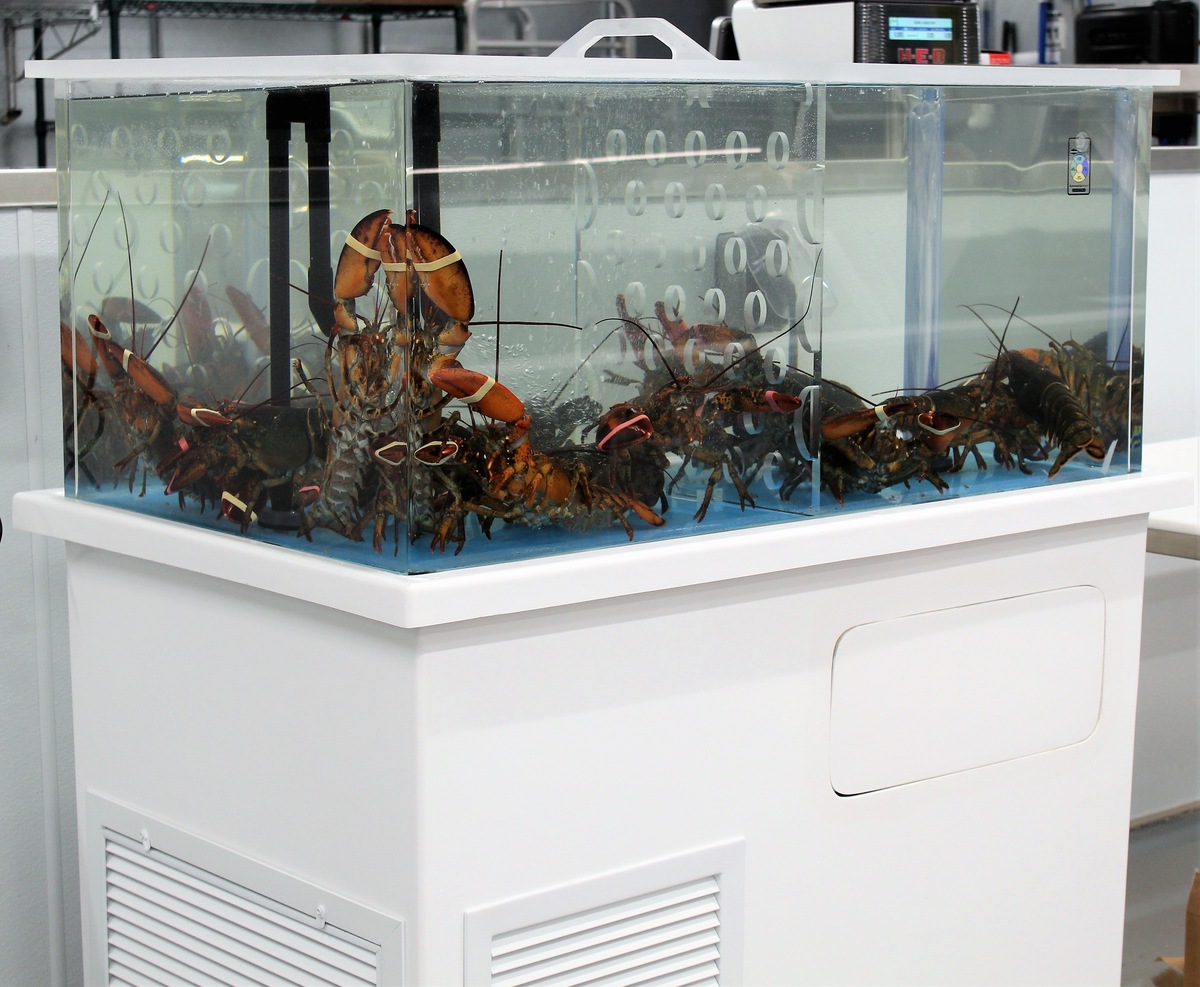
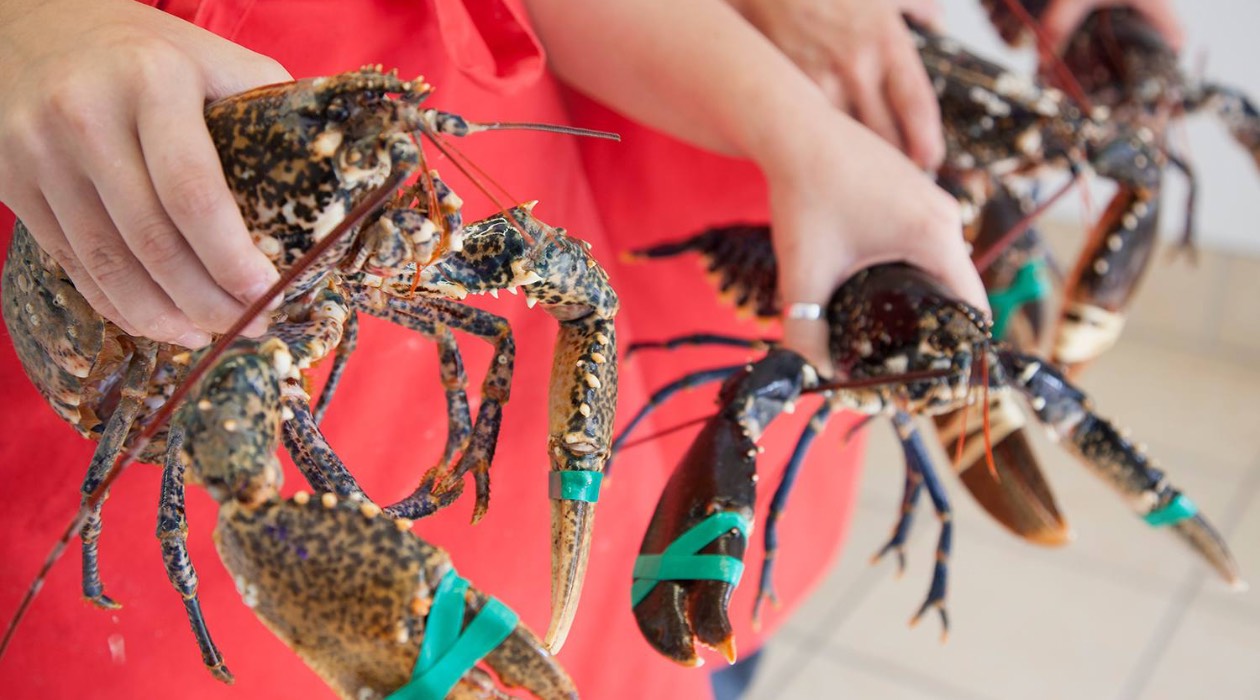
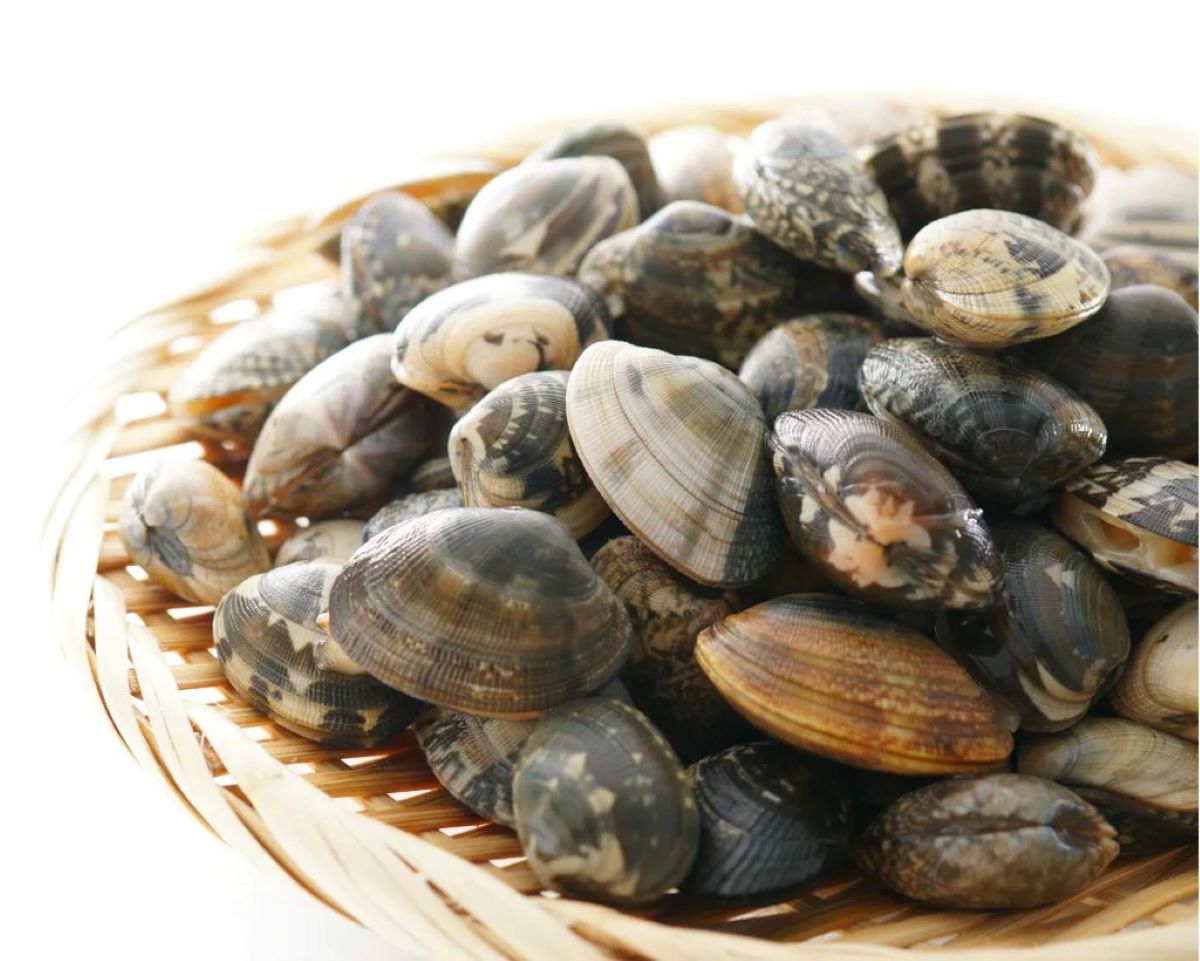
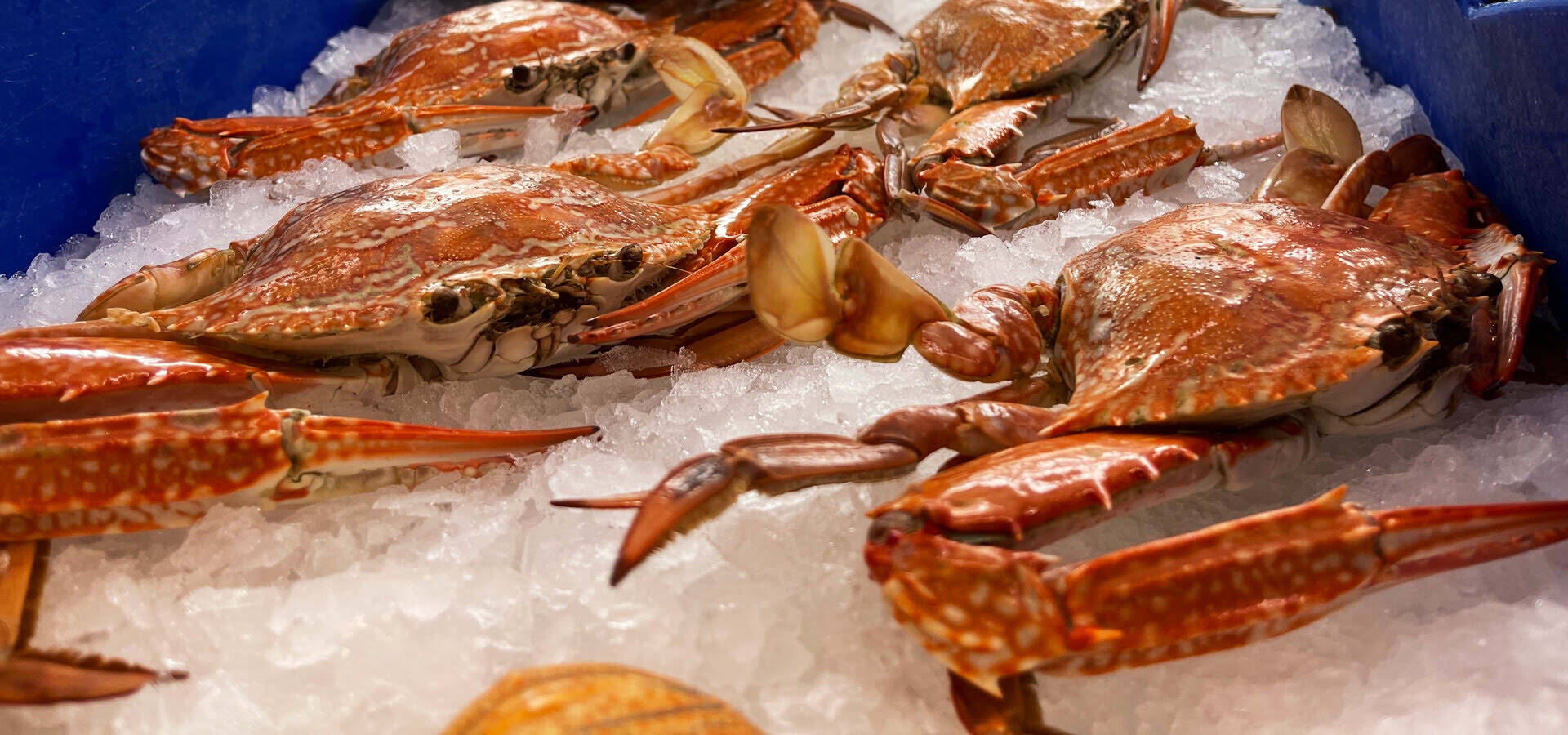
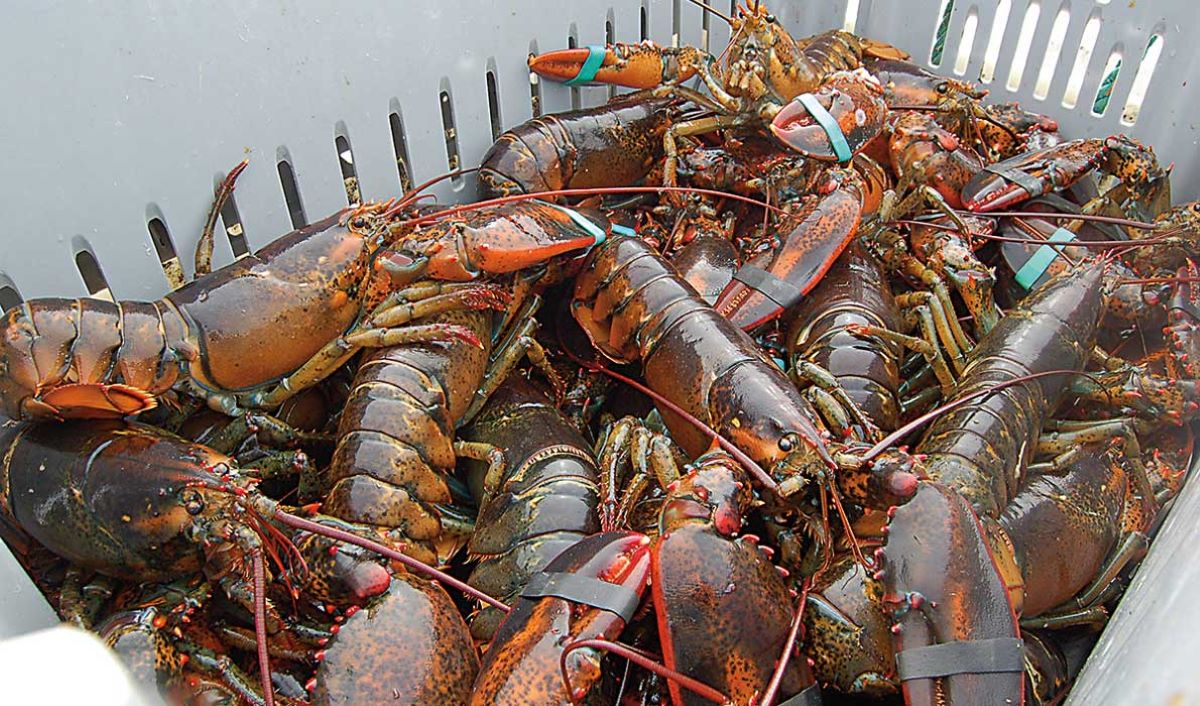
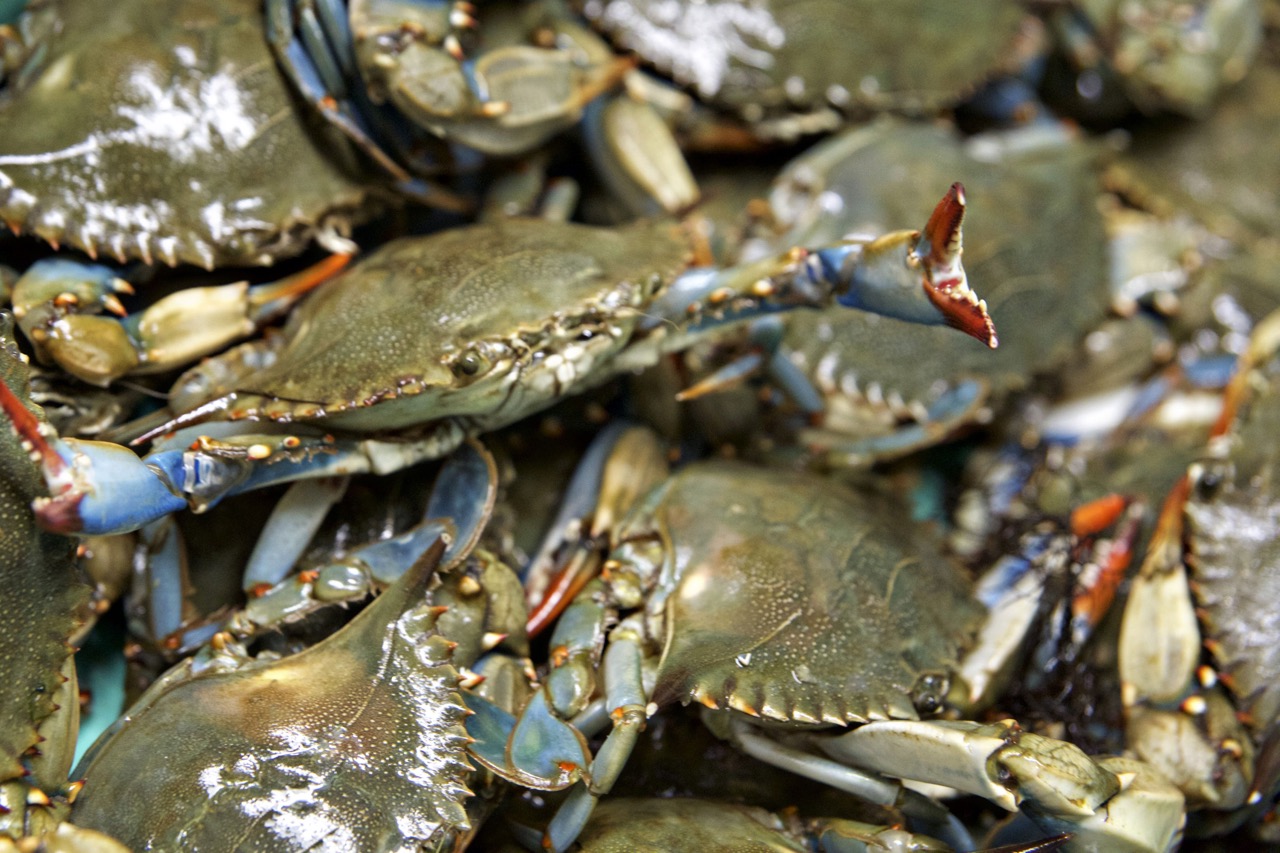
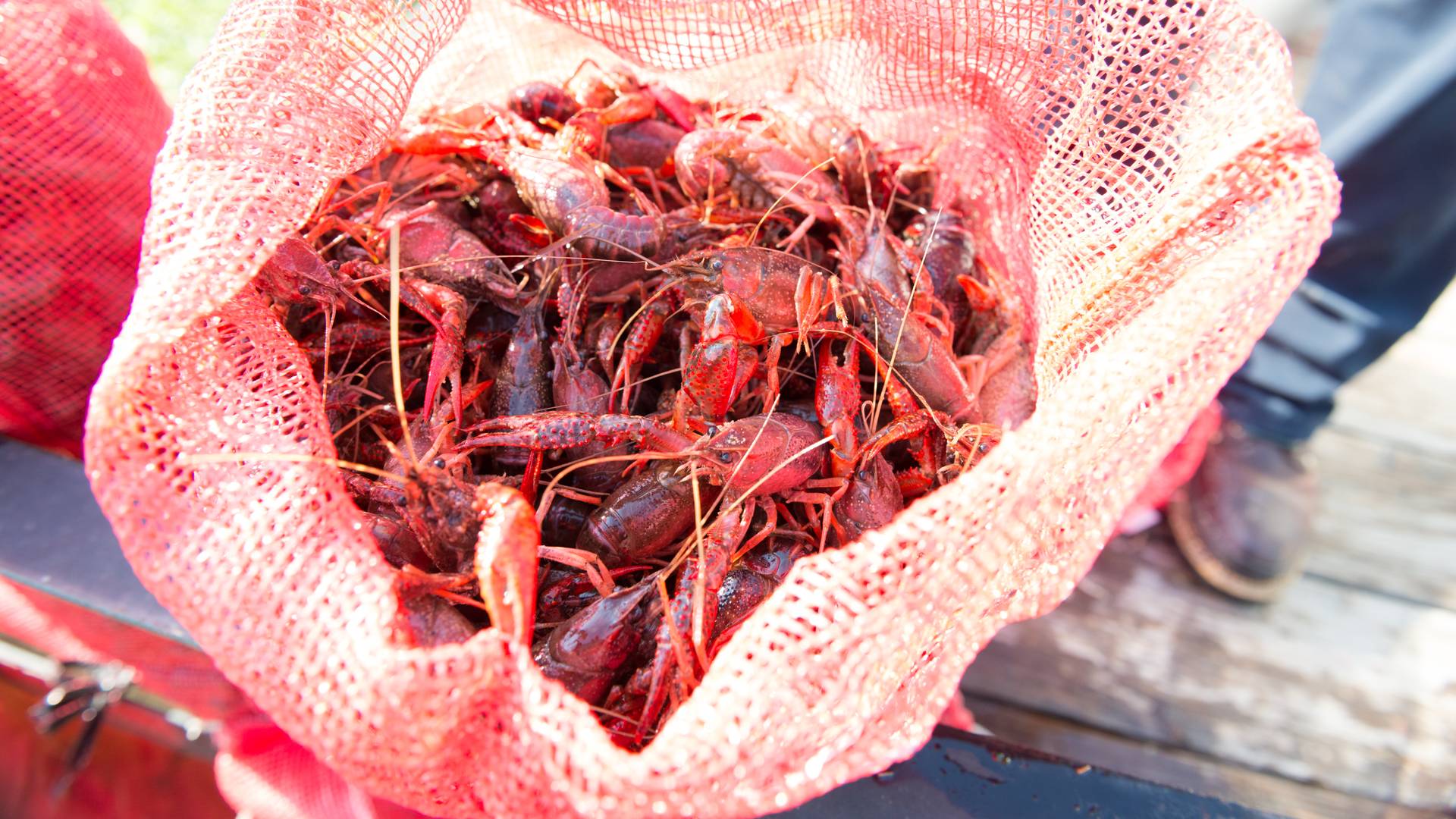
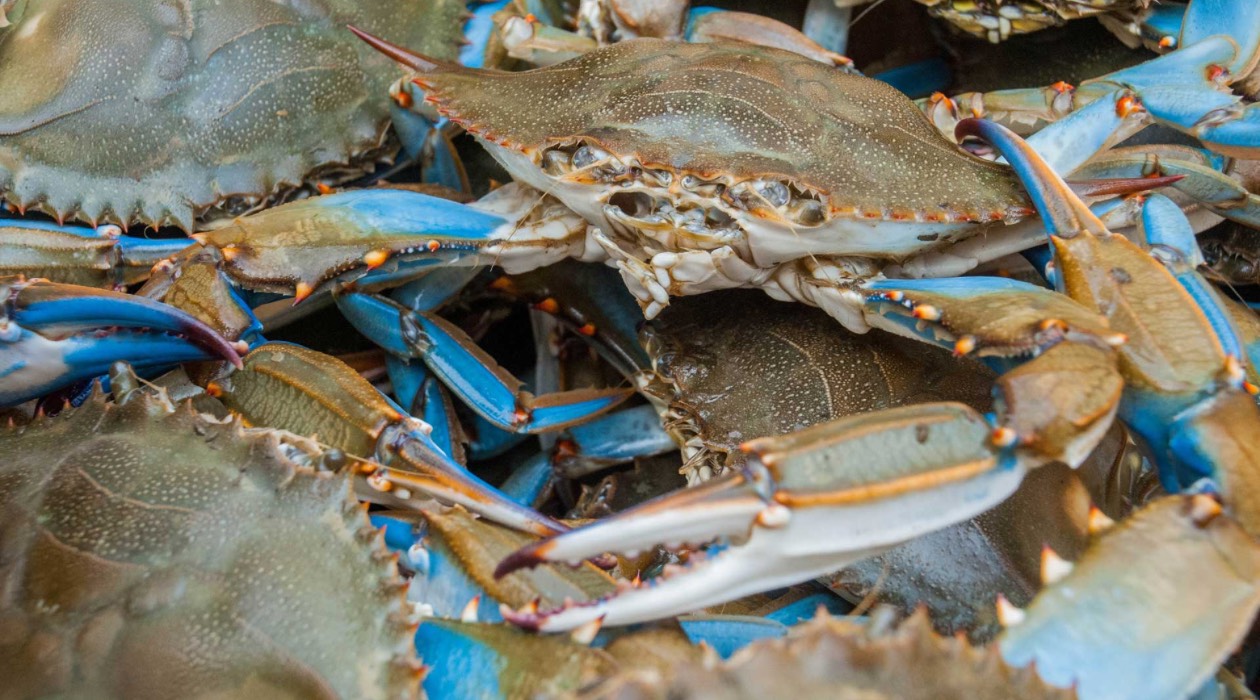
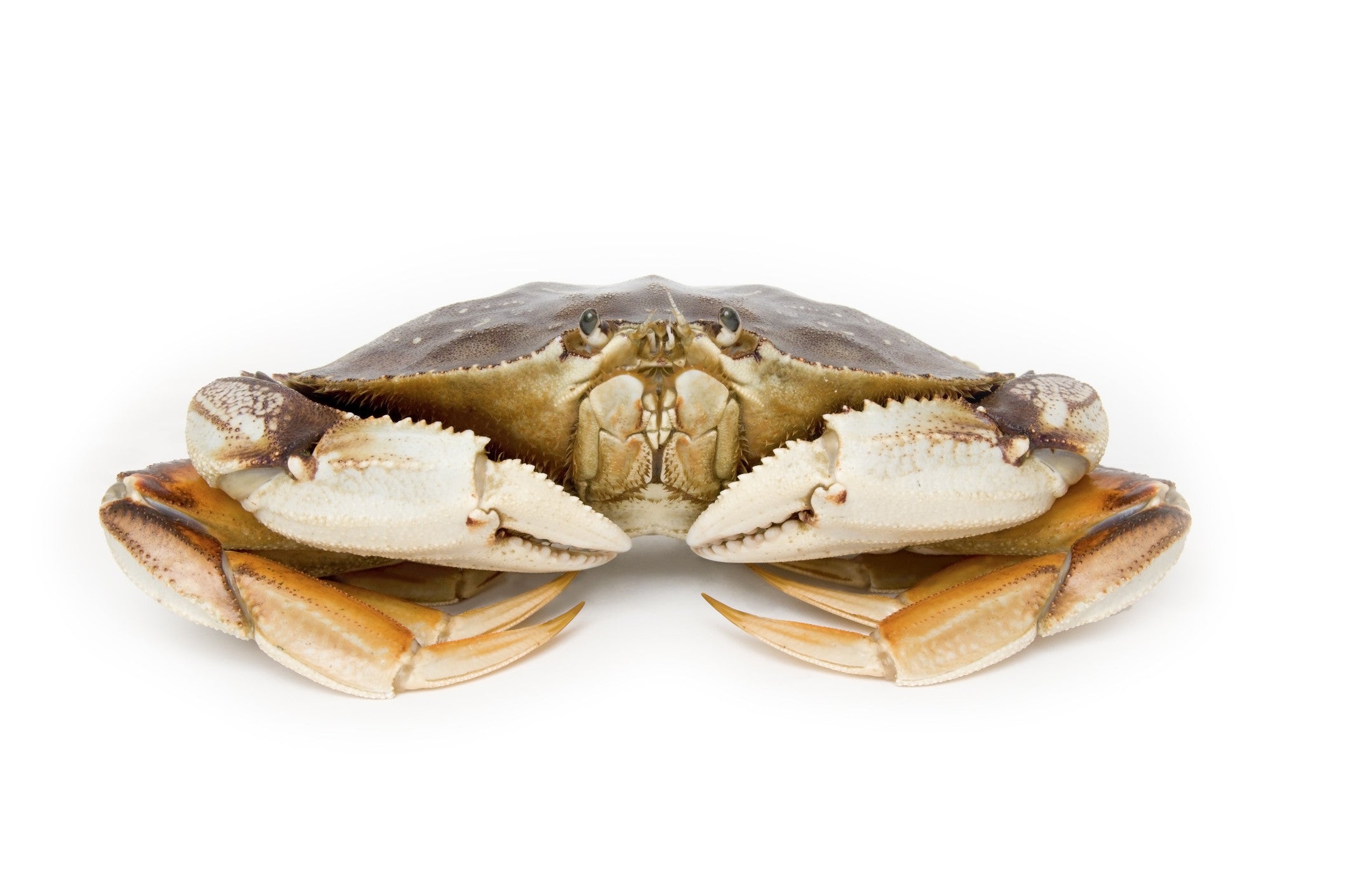
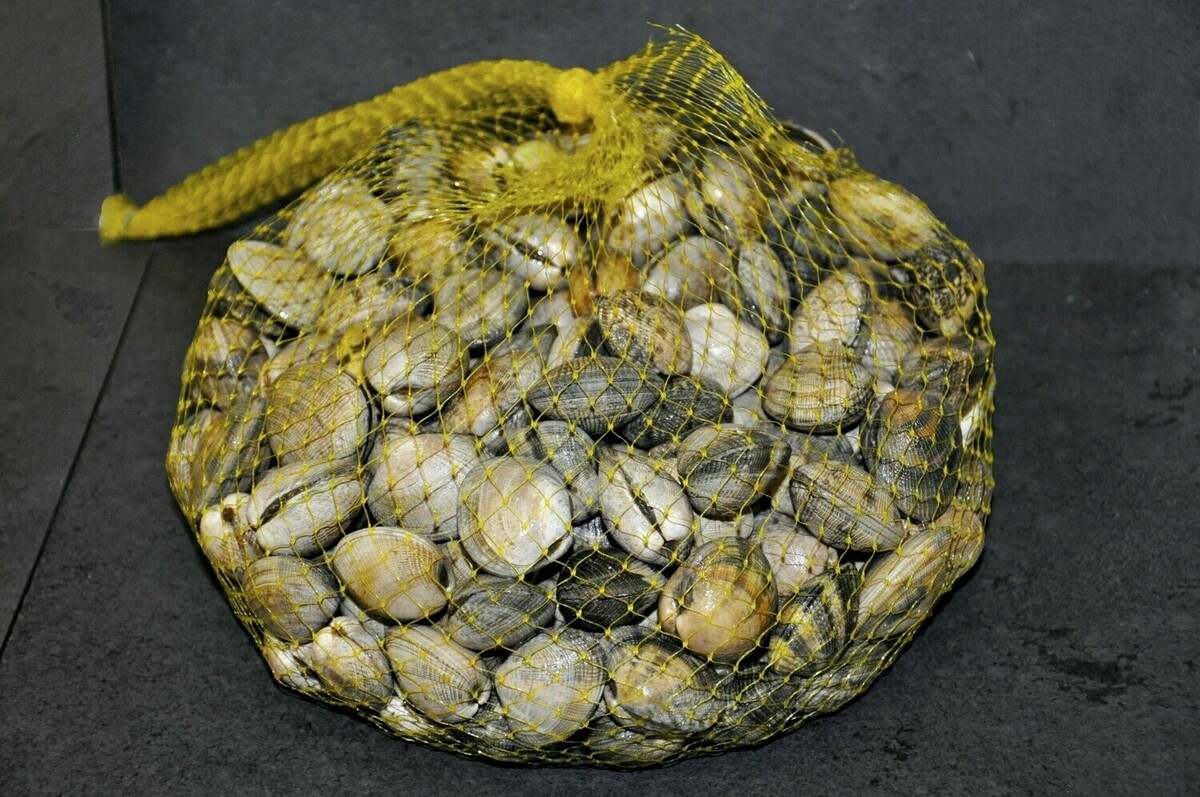

0 thoughts on “How To Store Live Crab”